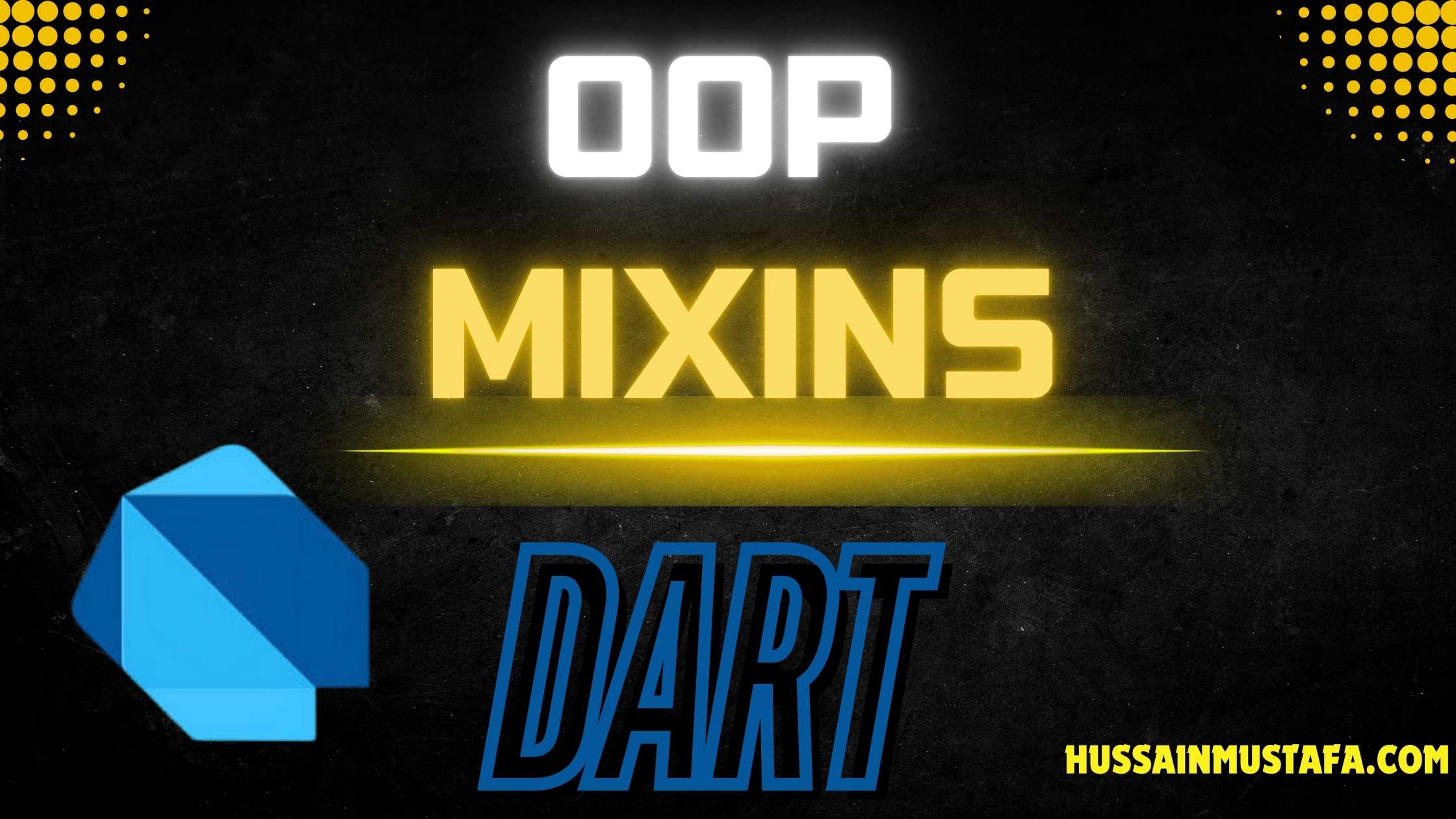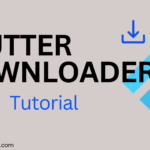In Dart, mixins allow you to reuse code across multiple classes without the need for inheritance. Unlike traditional inheritance, which follows a strict parent-child relationship, mixins offer a more flexible way to share functionality across different classes. This guide will dive into how mixins work, their benefits, and when to use them in your Dart programs.
For further information on other topics of Dart, click here.
For an in-depth exploration of other OOP topics in Dart, such as inheritance, polymorphism, and encapsulation etc, click here.
What are Mixins?
Mixins in Dart are a way to share functionality between multiple classes without creating a complex inheritance hierarchy. You can think of mixins as a class with reusable methods and properties that other classes can “mix in” without formally inheriting from them.
Key Concepts of Mixins in Dart:
- Code Reusability: Mixins allow you to reuse code across unrelated classes.
- Multiple Inheritance: Unlike classes, Dart allows you to apply multiple mixins to a single class, enabling a form of multiple inheritance.
- No Constructor Requirement: Mixins don’t require constructors, making them easy to apply to any class without complex inheritance chains.
Defining and Using Mixins
Mixins are created just like normal classes in Dart, but they use the mixin keyword. To use a mixin in a class, you use the with keyword, followed by the mixin name.
Example of a Mixin:
mixin CanFly {
void fly() {
print('Flying...');
}
}
class Bird with CanFly {
void chirp() {
print('Bird is chirping');
}
}
void main() {
var bird = Bird();
bird.chirp(); // Output: Bird is chirping
bird.fly(); // Output: Flying...
}Explanation:
- Mixin: The
CanFlymixin defines afly()method. - Using Mixins: The
Birdclass applies theCanFlymixin using thewithkeyword. As a result, theBirdclass inherits thefly()method, even though it doesn’t formally extend theCanFlymixin.
Applying Multiple Mixins
One of the most powerful features of mixins in Dart is the ability to apply multiple mixins to a class. This allows a class to inherit behavior from multiple sources, which is not possible with traditional single inheritance.
Example of Multiple Mixins:
mixin CanSwim {
void swim() {
print('Swimming...');
}
}
mixin CanWalk {
void walk() {
print('Walking...');
}
}
class Duck with CanSwim, CanWalk, CanFly {
void quack() {
print('Duck is quacking');
}
}
void main() {
var duck = Duck();
duck.quack(); // Output: Duck is quacking
duck.fly(); // Output: Flying...
duck.swim(); // Output: Swimming...
duck.walk(); // Output: Walking...
}Explanation:
- Multiple Mixins: The
Duckclass uses three mixins:CanSwim,CanWalk, andCanFly. This allows the duck to inherit behaviors from all three mixins. - Multiple Inheritance: Dart enables this form of multiple inheritance through mixins, providing flexibility and reducing code duplication.
Restrictions on Mixins
While mixins are a powerful tool, they come with some restrictions:
- No Constructors: Mixins cannot have constructors. This means they can only add methods and properties, but not state initialization.
- Cannot Extend from Other Classes: A mixin cannot extend from another class, though it can extend from
Object.
Example of a Mixin Restriction:
mixin CanClimb {
// Mixins cannot have constructors
// Can only add methods and properties
void climb() {
print('Climbing...');
}
}
class Monkey with CanClimb {
// Monkey inherits the climb method but cannot inherit constructors
}When to Use Mixins
Mixins are useful in scenarios where you want to reuse code across multiple, unrelated classes. Unlike traditional inheritance, mixins don’t create a strict hierarchical relationship. Here are some ideal cases to use mixins:
- Unrelated Classes: When two or more classes need to share functionality but are not related through inheritance.
- Utility Functions: If a group of utility functions needs to be shared across multiple classes (like logging, caching, etc.), a mixin is ideal.
- Multiple Behaviors: If a class requires behavior from multiple sources, you can combine mixins to provide this functionality.
Example of a Utility Mixin:
mixin Logger {
void log(String message) {
print('Log: $message');
}
}
class Database with Logger {
void saveData() {
log('Saving data to database...');
}
}
class File with Logger {
void writeFile() {
log('Writing data to file...');
}
}
void main() {
var db = Database();
db.saveData(); // Output: Log: Saving data to database...
var file = File();
file.writeFile(); // Output: Log: Writing data to file...
}Explanation:
- Utility Mixin: The
Loggermixin provides alog()function that is reused by both theDatabaseandFileclasses. - Code Reusability: By using mixins, both classes gain logging functionality without needing to extend a common parent class.
Mixins vs Inheritance vs Interfaces
Dart provides multiple ways to share functionality: inheritance, mixins, and interfaces. Here’s how they compare:
- Inheritance: Best for a strict parent-child relationship where a subclass needs to inherit from a single parent class.
- Mixins: Best for sharing functionality between unrelated classes without enforcing a strict inheritance relationship.
- Interfaces: Best for enforcing certain methods or properties that a class must implement.
Example Comparison:
- Inheritance: When a class “is-a” type of another class (e.g.,
Dog extends Animal). - Mixin: When you want to add capabilities without implying an “is-a” relationship (e.g.,
Duck with CanFly). - Interface: When you want to enforce certain behaviors but leave the implementation up to the class.
Best Practices for Using Mixins
- Use for Code Reusability: Use mixins when you want to reuse functionality across multiple, unrelated classes.
- Keep Mixins Simple: Avoid adding complex logic to mixins. Instead, focus on adding modular methods and properties.
- Use Mixins for Behavior, Not State: Since mixins cannot have constructors, they should be used for behaviors rather than state management.
Conclusion
Mixins in Dart provide a flexible way to share functionality across different classes, avoiding the complexities of deep inheritance hierarchies. They are a powerful tool for code reuse, allowing you to combine multiple behaviors in a single class. By understanding and applying mixins effectively, you can simplify your Dart code and improve its maintainability. For further exploration of mixins and other Dart features, be sure to check out our detailed articles.
Happy Coding…!!!













Leave a Reply